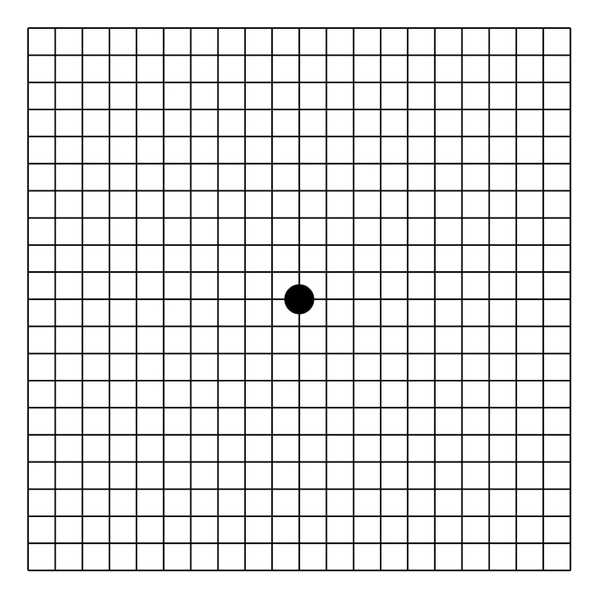What Is Macular Degeneration?
Macular degeneration is a common disease that unfortunately can cause a severe decline in vision.
Most people have at the bare minimum, heard of macular degeneration. And there are many people that have family members with macular degeneration. Nonetheless, the disease still can be quite confusing.
To start off with, macular degeneration exists in two forms. Dry and wet. But while there are two main forms, wet macular degeneration accounts for the vast majority of vision loss.
Dry Macular Degeneration
Dry macular degeneration is the most common form. Fortunately, most cases of dry macular degeneration do not have much vision loss. Instead, dry macular degeneration serves mostly as a warning sign to ensure regular eye exams. These eye exams are important to evaluate for signs of wet macular degeneration.
You may have heard of vitamins that help with macular degeneration; this is when these vitamins are useful. This special formula of vitamins, called AREDS2, helps to keep dry macular degeneration dry and prevent progression to wet macular degeneration.
Wet Macular Degeneration
Wet macular degeneration on the other hand can cause a large amount of vision loss. Unfortunately, this vision loss also tends to be right in the center of vision. This leads to a large amount of central blurriness and distortions. This vision loss can be very disabling.

Vision loss with wet macular degeneration; Image by National Eye Institute, National Institutes of Health / Public domain
The “wet” in wet macular degeneration refers to bleeding of abnormal blood vessels. Right underneath the retina is a blood supply layer called the choroid. Normally there is a barrier between the choroid and retina. Nutrients are able to pass through to keep the retina healthy but not much else is able to pass through. In macular degeneration, the border between these two layers breaks down. Abnormal blood vessels from the choroid are then able to grow right underneath the retina. These blood vessels can bleed and leak blurring and distorting vision. Eventually, if nothing is done, scarring sets in leading to permanent vision loss.
The good news is that there are treatments for wet macular degeneration. A massive amount of research and progress in macular degeneration over the past few decades has led to wonderful discoveries. Medications have been developed that reverse this abnormal blood vessel growth.
Once wet macular degeneration is detected, the best course of action is to set up care with a retinal specialist. These retinal specialists inject medications into the eye (sounds scarier than it actually is) over many months. As a result, vision can stabilize, gradually improve and in some cases even get back to normal.
While it can be scary to be diagnosed with wet macular degeneration, take comfort in the fact that there are many great treatments. Instead of being condemned to dramatic vision loss, there is great hope of regaining lost vision.
Screen And Monitor Macular Degeneration
The best way to keep the eyes as healthy as possible with macular degeneration is close monitoring; the type of monitoring that you can do at home. And no, this doesn’t require any special equipment. In fact, all you need is a printer to print out this pattern called an amsler grid:

It’s important to recognize the early symptoms of wet macular degeneration. The best way this achieved is by looking at a grid of lines. If the retina becomes distorted from wet macular degeneration, the grid of lines may become wavy or have sections missing. Anyone with dry macular degeneration should look at one of these grids daily (called an amsler grid) to detect any early change.
So print this page out. Put it in a location where you can look at it every day. Cover one eye and focus right at the dot in the center of the grid. While you are looking at the dot, all the other lines in the checkerboard pattern should be nice and straight without any missing parts. This indicates that your retina remains healthy. Repeat for the other eye.
If for some reason some parts are wavy, missing AND/OR you notice a change from before, something new is going on in the back of the eye and it is time to make an appointment with an ophthalmologist or retina specialist for further investigation.
That’s all there is to it! Frequently testing every day can catch signs of anything when it first starts to develop.
Also check out Can Cataract Surgery Cause Macular Degeneration? on EyeMountain.com
Related Articles
Please note: The general information provided on the Website is for informational purposes only and is not professional medical advice, diagnosis, treatment, or care, nor is it intended to be a substitute therefore. See the Disclaimer and Terms of Use for more information
